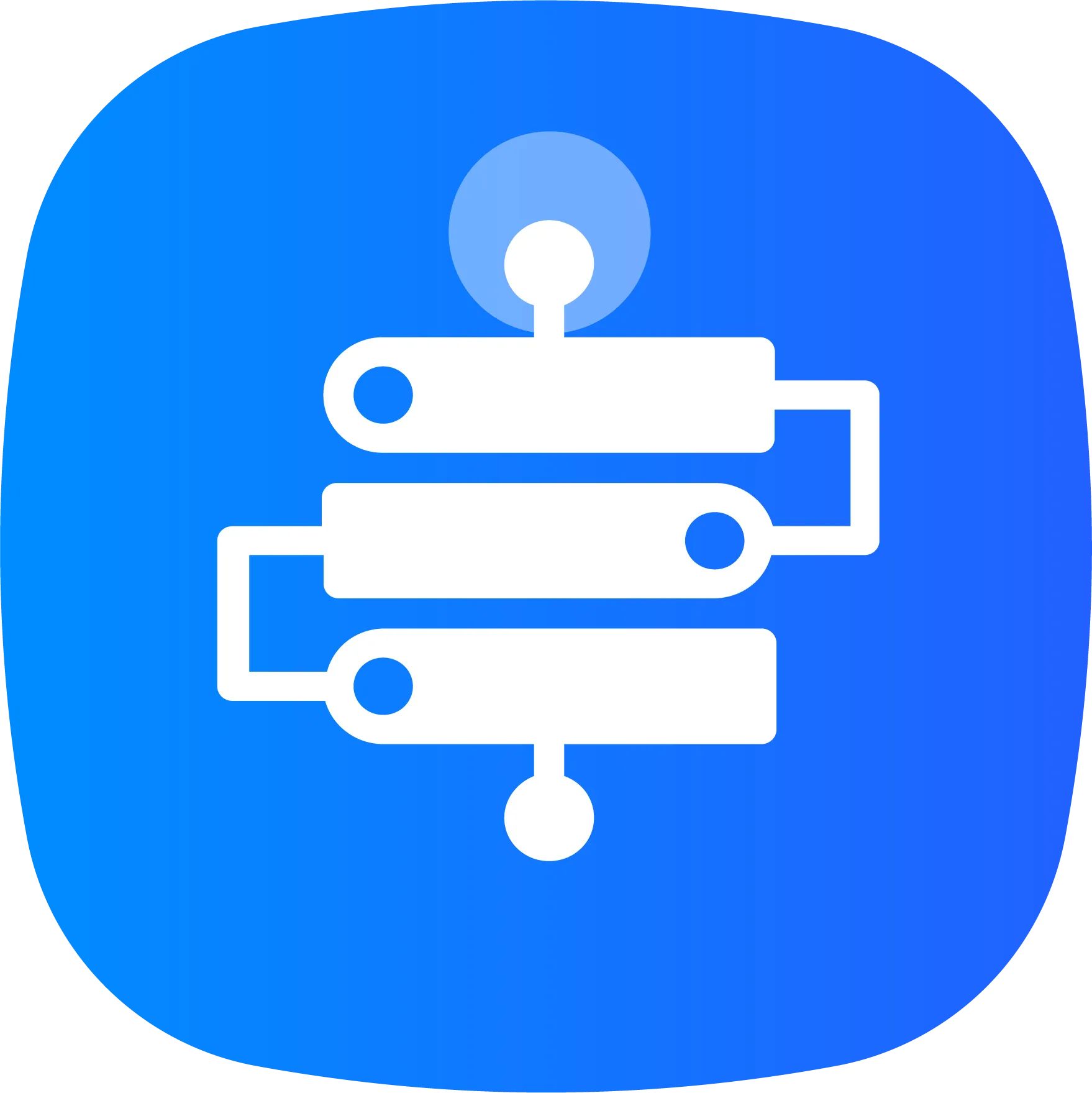Global IT supply chain
International transportation + IT O&M outsourcing + self-owned backbone network
The way in which a switch forwards data from one port to another is called switching mode.
Features: After receiving a packet, the switch first stores the packet in a buffer and performs CRC cyclic redundancy checks, if the packet has CRC errors, the packet will be discarded; if the packet is complete, the switch queries the address mapping table and forwards it to the corresponding port.
Pros: No stubby packets are forwarded, which reduces potential unnecessary data forwarding Cons: The forwarding rate is slower than the direct forwarding method.
Applicable environment: Store-and-forward technology is suitable for normal link quality or network environment with poorer quality. This method has to process the packets, so the delay is related to the frame size.

Features: The switch reads only the first 6 bytes of the data frame, i.e., it looks up the destination address through the address mapping table and transmits the data frame to the corresponding port. Straight-through switching enables less latency because the forwarding of this data frame starts as soon as the destination address of the data frame is read out and the forwarding port is identified.
Advantages: fast forwarding rate, reduced latency and increased overall throughput
Disadvantage: it brings a lot of junk packets to the entire switching network
Suitable environment: network environment with good network link quality, less error packets, and delay time independent of frame size.
Features: This is a solution between the first two. It checks if the packet length is enough 64 bytes, if it is less than 64 bytes, it means it is a fake packet, then the packet is discarded; if it is greater than or equal to 64 bytes, then the packet is sent.
Advantages: data processing speed is faster than store-and-forward method
Disadvantages: slower than the straight-through method
Applicable environment: general communication links
WAN switches are mainly used in telecommunication field to provide the basic platform for communication. While LAN switches are used in local area networks to connect end devices, such as PCs and network printers, etc.
The scale of each vendor’s division is not entirely consistent. Generally speaking, enterprise-class switches are rack-mounted, departmental switches can be rack-mounted (with fewer slots) or fixed-configuration, and workgroup-class switches are fixed-configuration (with simpler functions).
On the other hand, in terms of the scale of the application, when used as a backbone switch, a switch that supports large enterprise applications with more than 500 information points is an enterprise-class switch, a switch that supports medium-sized enterprises with less than 300 information points is a departmental switch, and a switch that supports less than 100 information points is a workgroup-class switch.

International transportation + IT O&M outsourcing + self-owned backbone network

Cellular chips + overseas GPS + global acceleration network

Overseas server room nodes + dedicated lines + global acceleration network

Global acceleration network + self-developed patented technology + easy linking

Global Acceleration Network + Global Multi-Node + Cloud Network Integration


